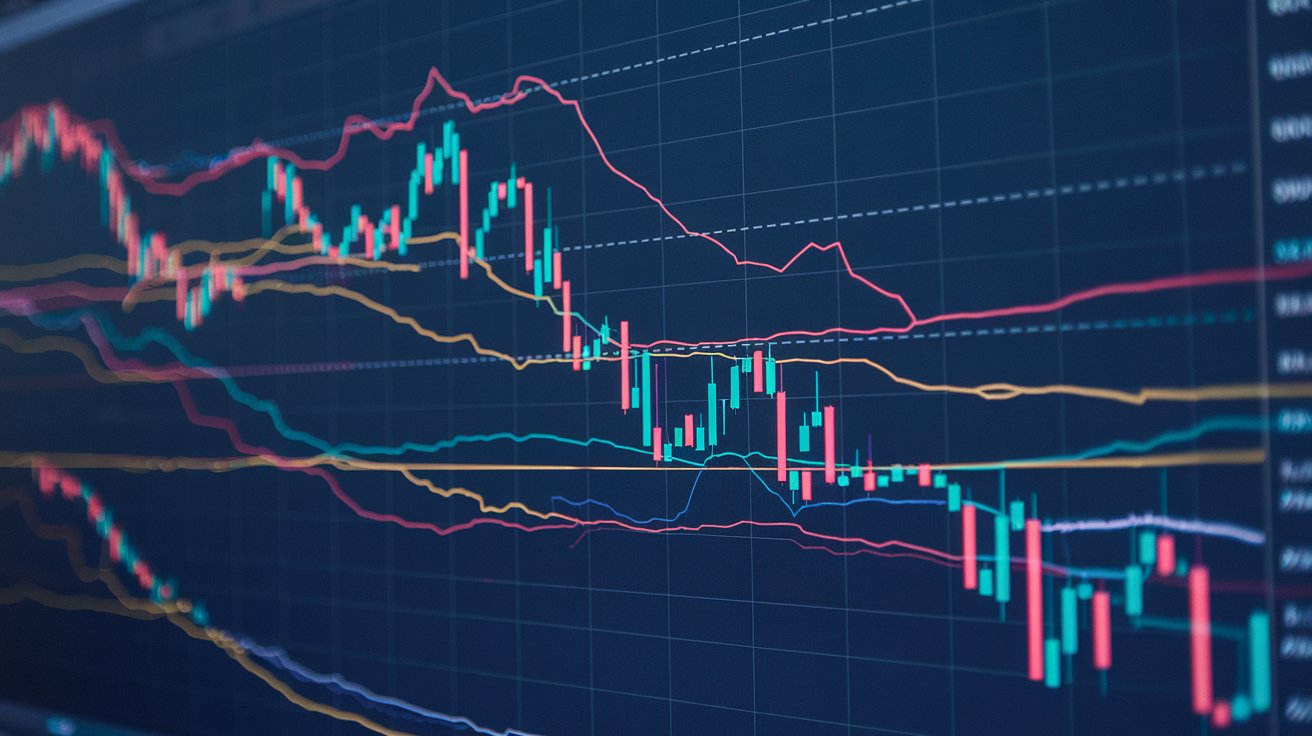Ethereum is the second-largest cryptocurrency by market cap and several factors influence Ethereum's price up today. If you want to learn the latest expert insights on Ethereum price prediction and support zones, you are in the right place.
Understanding Ethereum's price support zones and major support levels is very important for effectively navigating the volatile crypto market.
Key Support Levels for Ethereum Cryptocurrency
Ethereum is currently trading at approximately $2,336.37 as at the time of writing. Knowing critical support zones that could potentially support a price recovery can aid in looking forward to potential price movements.
1. $2,238 to $2,614: Major Support Range
Crypto analyst Ali Martinez indicates the $2,238 to $2,614 range as a major support zone, with about 12.18 million crypto wallets buying 63.07 million ETH within this range.
This concentration in price levels indicates strong investor interest, potentially leading to a price floor.
2. $2,500: Psychological Support Level
The $2,500 mark is used as a psychological support level. Recent analyses show that the price of Ethereum fell to 7% (bearish sentiment), trading as low as $2,327 after losing this important support. This decline shows the importance of the $2,500 level in market sentiment.
3. $2,300: 200-Week EMA Support
The 200-week Exponential Moving Average (EMA): The Exponential Moving Average (EMA) can be used to gauge the price toward potential reversals. around $2,300 is another major support level. Maintaining this level can start a relief rally, while a drop below the cryptocurrency's recent price action may lead to future losses
Factors Influencing Support Levels of ETH Crypto
Several factors can affect the support zones, technical analysis, or price zones of Ethereum:
- Market Sentiment: Positive market sentiment is often reflected in significant price jumps when there are inflows into Ethereum.: Broader economic factors and investor confidence can weaken or strengthen support levels.
- Institutional Accumulation: Increased interest from institutional investors can enhance support zones, showing confidence in the long-term value of Ethereum.
- Technical Indicators: Tools such as the Relative Strength Index (RSI) and moving averages can help traders and investors locate overbought or oversold conditions, affecting resistance levels and support.
Read also
Indicators for Ethereum Price Prediction
Ethereum's price is rising due to several factors, and its price prediction depends on a series of on-chain metrics and technical indicators to evaluate momentum, trends, and market sentiment, particularly about bitcoin price trends. The following are some major indicators used for forecasting ETH price:
1. Moving Averages (MA & EMA)
- Simple Moving Average (SMA): Averages price over a set period, which is effective for locating market trends.
- Exponential Moving Average (EMA): Gives more strength to recent prices, making it more responsive to price changes.
- Key Levels: The 50-day and 200-day EMAs help to know whether the bitcoin price is indicating bearish or bullish trends.
2. Relative Strength Index (RSI)
- Measures: Market momentum by evaluating overbought (>70) or oversold (<30) conditions.
- Application: A high RSI (>70) indicates that ETH might face a correction, although a low RSI (<30) shows a potential buying opportunity.
3. Bollinger Bands
- Components: A middle SMA with upper and lower bands depending on standard deviation.
- Use Case: Understanding the use case for Ethereum ETFs can provide insights into potential price movements.: When the price of ETH touches the upper band, it can signal an overbought condition, if it touches the lower band, then it is an oversold condition.
4. Fibonacci Retracement
- Purpose: Identifies potential support and resistance levels depending on historical price movements.
- Key Levels: 23.6%, 38.2%, 50%, and 61.8% retracement points show possible reversal zones.
5. MACD (Moving Average Convergence Divergence)
- Indicates: This analysis indicates the price movement followed reports of increased inflows into Ethereum. Trend strength and potential reversals.
- Interpretation: A bullish crossover (MACD line crossing above the signal line) means upward momentum, although a bearish crossover signals a downtrend.
6. On-Chain Metrics
- Network Activity: An increase in active transaction volume and addresses often connects with bullish momentum, suggesting Ethereum price strength.
- Whale Movements: Large ETH transfers carried out by whales can indicate upcoming price swings.
- Exchange Reserves: Lower ETH reserves on exchanges indicate accumulation, which can be bullish.
YouTube Video Recommendations on ETH price action in the blockchain:
- <a href="https://www.youtube.com/watch?v=example1">Understanding Ethereum Support and Resistance Levels</a>
- <a href="https://www.youtube.com/watch?v=example2">Technical Analysis for Ethereum Traders</a>
Conclusion on ETH Price
Understanding and monitoring Ethereum's key support levels, such as the $2,238 to $2,614 range, the $2,500 psychological level, and the 200-week EMA at $2,300, are essential for navigating the cryptocurrency market.
These zones offer insights into potential price floors and can guide investment strategies. Staying informed through expert analyses and technical indicators will enhance your ability to make strategic trading decisions.




 Expert Analysis of Crypto Market Cycles for Investors in 2025
Expert Analysis of Crypto Market Cycles for Investors in 2025
 Toncoin Price Prediction 2025: Future Outlook & Analysis
Toncoin Price Prediction 2025: Future Outlook & Analysis
 Bitcoin Price Analysis for 2025: Navigating the Cryptocurrency Market
Bitcoin Price Analysis for 2025: Navigating the Cryptocurrency Market


